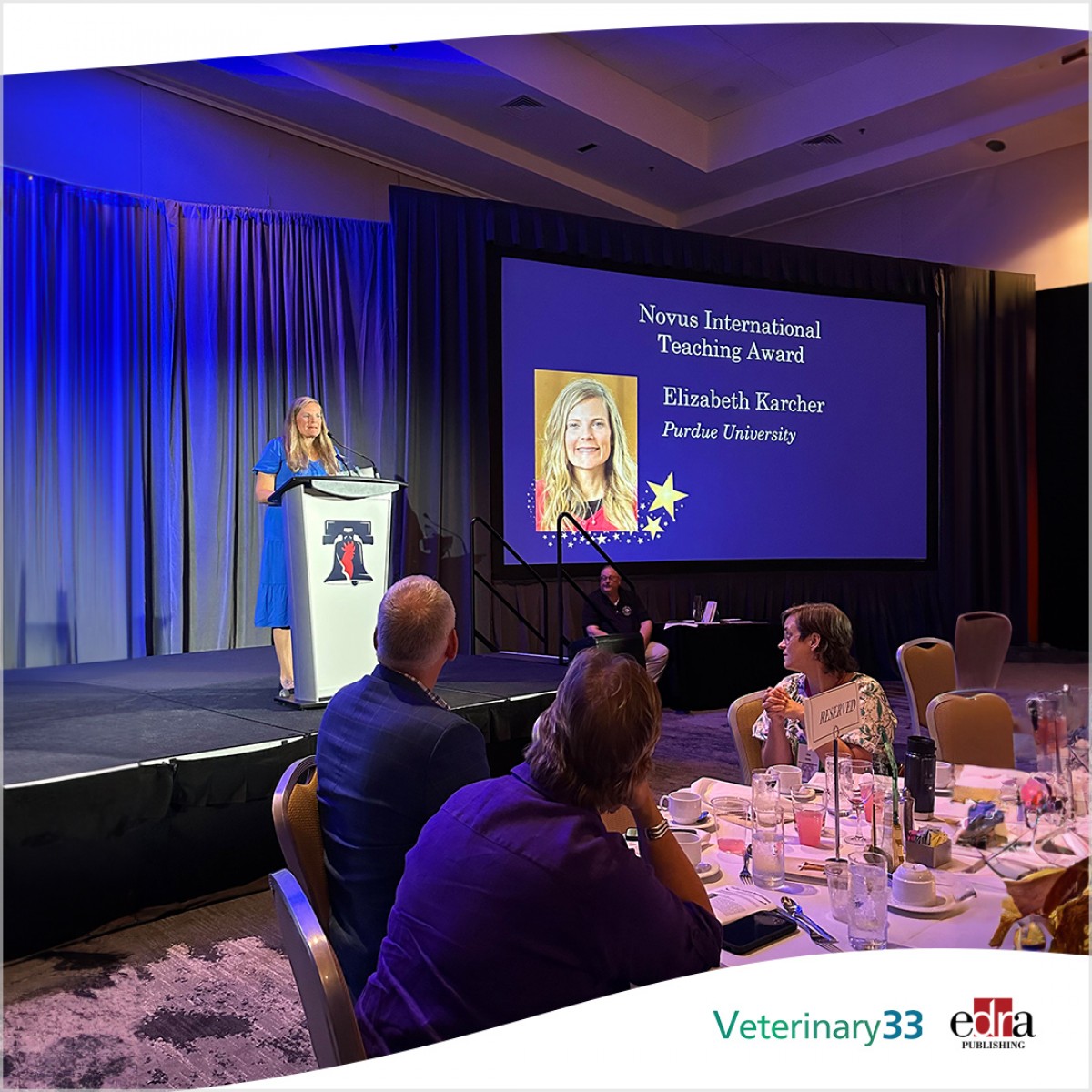AVMA report: starting salaries up, debt down for new veterinarians
The American Veterinary Medical Association (AVMA) recently reported that the mean debt-to-income ratio for new veterinarians decreased to a figure not seen since 2005. The association’s Katie Burns reported that educational debt has decreased and that officials are seeing an increase in starting salaries for veterinarians.
Bridgette Bain, senior economist and associate director in the AVMA Veterinary Economics Division, discussed results of the 2022 AVMA Senior Survey during a virtual presentation “Supply and Demand in the Market for Veterinary Education.”
The mean debt from earning a veterinary degree was $147,258 for 2022 graduates from U.S. veterinary colleges, and the mean starting salary was $111,242 for those who secured full-time employment.
In 2020 dollars, starting salaries have returned to the upward trendline from before the Great Recession, Bain said. The mean starting salary in 2022 was $114,027 for private practice, $87,862 for public practice, $53,987 for advanced education other than residencies and internships, $48,193 for residencies, and $43,931 for internships.
“We did find that males were more likely to negotiate, and their negotiations yielded a higher base,” Bain said during the presentation.
New veterinary graduates who went to work for a corporate-owned practice or a group consolidator had $157,810 in mean debt from earning a veterinary degree, compared with $147,472 for new graduates who went to work for a private, independently owned hospital or clinic. New veterinary graduates at corporate practices had a mean starting salary of $124,686, compared with $105,637 at independent practices. Among this year’s new veterinary graduates going into private practice, 43% went into corporate practice.
Between 2018 and 2022, at least 45% of new graduates from U.S. veterinary colleges joined companion animal practices, although the practice type was unknown for 12% of new graduates. Another 27% went into advanced education, inclusive of internships, residencies, and doctoral programs, between 2018 and 2022.
In 2022, 98% of new veterinarians had secured a postgraduate opportunity two to three weeks prior to graduation. Starting in 2013, the percentage of new graduates going into companion animal medicine has been increasing, with 48% going into companion animal medicine in 2022.
The percentages of new graduates going into the practice types of mixed animal, food animal and equine have been flat since 2013. In 2022, 8.9% went into mixed animal practice, 3.2% into food animal practice and 1.5% into equine practice.
Among new veterinarians, 38% had $200,000 or more in debt from earning their veterinary degree, inclusive of 13% who had $300,000 or more in debt. Another 18% had no such debt, while 10% had debt of less than $100,000, and 34% had debt of $100,000 to less than $200,000.
Black or African American graduates had $188,820 in mean debt from earning their veterinary degree, followed by Hispanic or Latino graduates at $183,596. White graduates had $146,213 in debt and Asian graduates had $107,399.
In terms of wellness, new graduates had high compassion satisfaction and low burnout. Only 2% had low compassion satisfaction, while 64% had moderate and 34% had high compassion satisfaction. Only 0.2% had high burnout, while 39% had low and 61% had moderate burnout.
Read more on the AVMA news site: https://www.avma.org/news/starting-salaries-debt-down-new-veterinarians














List
Add
Please enter a comment